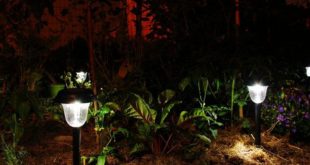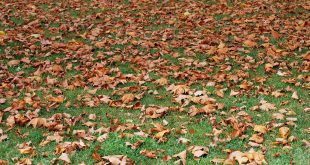There are many reasons why you might want to start your vegetable patch. Gardening in general is a great hobby to have as it keeps you moving and helps to focus your mind which can be helpful if you struggle with your mental health.
Owning a vegetable patch also allows you to eat the freshest produce that you’ve grown yourself. However, vegetable growing takes a lot of effort and commitment so setting yourself up for success from the start is key.
Choose the right location
Sunlight is one of the most important factors for a vegetable patch so picking somewhere in your garden that gets lots of light is crucial.
Ideally, you should be looking for a plot that gets 6-8 hours of sunlight a day. You will also need to have some shelter for your plants from the wind and other large trees and hedges. Larger plants will compete with your veggies for the nutrients and water in the soil.
Prepare your soil
Good soil is essential for your plants to grow and produce a lot of food. Before you begin, test the pH level of your soil. In general, vegetables prefer a neutral or slightly acidic pH level which is between 6.0 and 7.0.
If your soil is wildly alkaline or acidic, there are solutions you can add to the soil to level it out and maximise its nutrient potential.
Mulch is a gardener’s friend as well. Apply a layer of organic mulch such as wood chips or straw around your plants. This will help to suppress weeds, moderate soil temperature and retain moisture.
Plan your layout
Starting by sketching a plan for your vegetable patch will help you to visualise the space you will have and the overall space of your garden.
Different plants have different space requirements, so it is important to research how big each will get before you plant. By preventing overcrowding, air can flow around the plants, helping to ensure they stay healthy.
Choose suitable vegetables
If you are a gardening novice you should start with plants that are easier to grow. You could start with tomatoes, radishes, cucumbers, beans, or peppers.
Starting growing plants from vegetable seeds is a much more affordable option, but one that does require more care and time. Alternatively, you could choose to start from seedlings which are generally easier for new gardeners.
Planting
Seed packets will tell you everything you need to know about how to get started and prepare the soil before planting. Keeping plants healthy is key, so watering in the early morning or late afternoon can help to minimise evaporation and fungal diseases such as black spots.
 Gardeners Club The Gardeners Club is a free to join online club for everyone with an interest in gardening and gardens.
Gardeners Club The Gardeners Club is a free to join online club for everyone with an interest in gardening and gardens.






